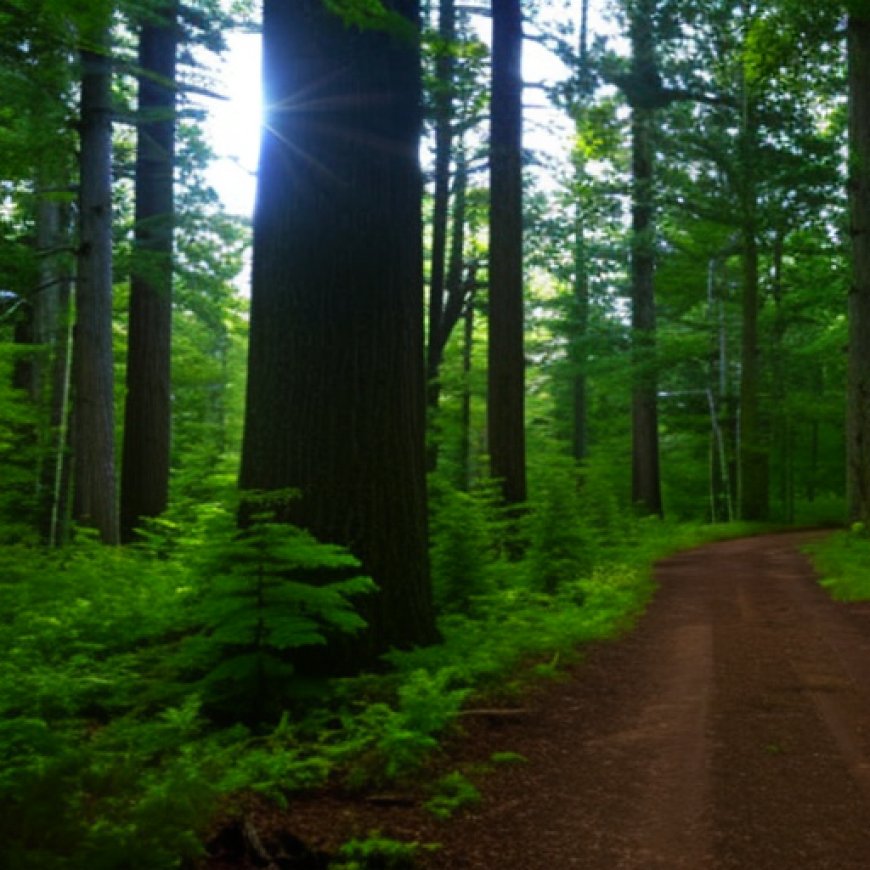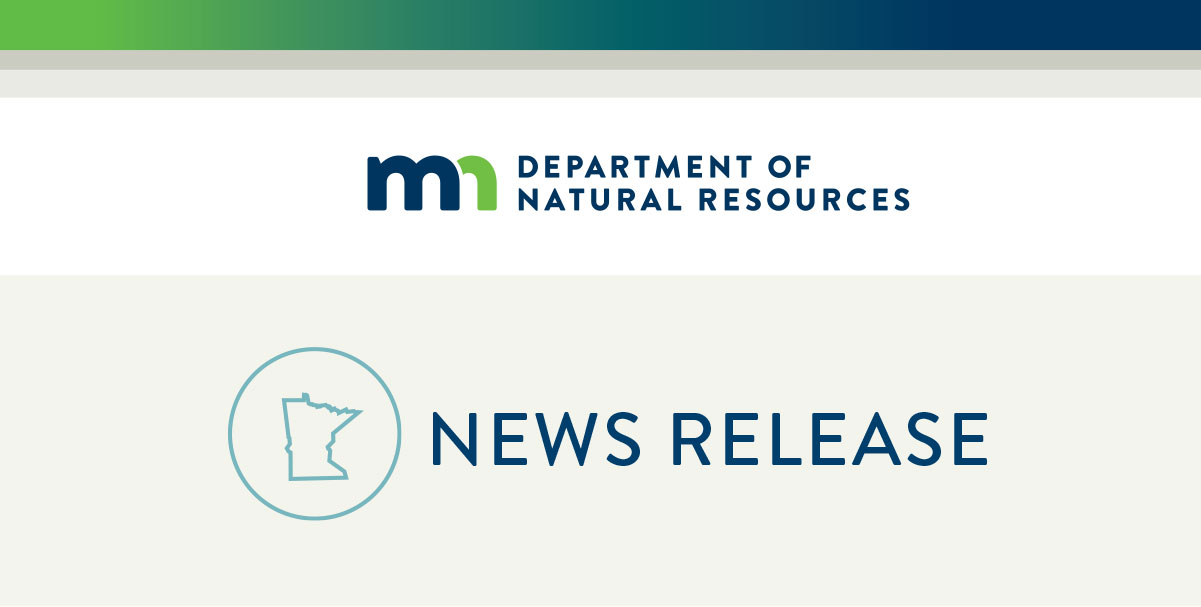2 Minnesota forests to join national Old-Growth Forest Network : Sep 14, 2023 | News release
2 Minnesota forests to join national Old-Growth Forest Network : Sep ... MN DNR


Two Renowned Minnesota Old-Growth Forests Join National Old-Growth Forest Network

Minnesota’s Lost 40 Scientific and Natural Area in Itasca County and the Itasca Wilderness Sanctuary SNA in Clearwater County have become the first forests in the state to join the national Old-Growth Forest Network. This network aims to recognize existing old-growth forests across the country and emphasize the importance of preserving these areas.
According to Minnesota DNR Forest Ecologist Emily Peters, “Minnesota has 48,000 acres of protected old-growth forest. It provides unique habitats for native plants and animals, and important recreational and spiritual opportunities for Minnesotans. The DNR has a longstanding goal to protect this rare and important forest resource on state lands.”
Celebrating Minnesota’s Additions to the Old-Growth Forest Network
October will witness events celebrating Minnesota’s additions to the Old-Growth Forest Network. These events will also mark the beginning of a series of public hikes over the next several years in publicly accessible old-growth forests in Minnesota state parks and SNAs. The following are the details of the upcoming hikes:
- Lost 40 SNA: A short interpretive hike will begin at 10 a.m. on Thursday, October 12. Meet at the parking lot off Forest Road 2240 (Lost 40 Road).
- Itasca Wilderness Sanctuary SNA: A full day of fun and educational activities will take place on Friday, October 13 to celebrate old-growth forests in Itasca State Park. More information is available on the Minnesota DNR website.
The Old-Growth Forest Network is a nonprofit organization that aims to connect people with nature by creating a voluntary national network of protected, publicly accessible forests. The network’s goal is to identify and ensure the preservation and recognition of at least one forest in every county in the U.S. where forests grow, with a specific focus on celebrating our nation’s oldest forests. So far, the Old-Growth Forest Network has recognized more than 200 forests in 35 states.
The Lost 40 SNA, spanning 114 acres, is home to a 32-acre old-growth pine forest. This unique forest owes its existence to a surveying error during the Public Land Survey in 1882. Loggers missed the pines because surveyors mistakenly mapped the area as Coddington Lake. The error was corrected in 1960, and the site was incorporated into Big Fork State Forest. Since then, its old trees have endured, leading to the DNR designating it as an old-growth forest in 1995.
Located within Itasca State Park, the 1,600-acre Itasca Wilderness Sanctuary SNA holds great significance in Minnesota’s conservation history. It was established in 1939 based on the suggestion of the Minnesota Academy of Science, aiming to preserve a part of the state’s wilderness character that existed prior to European settlement. In 1965, it became Minnesota’s first National Natural Landmark. Most of the sanctuary was designated a state SNA in 1989, as it represents the finest example of Great Lakes Pine Forest in north-central Minnesota.
Peters expressed her satisfaction with the inclusion of these sites into the national network, stating, “These are outstanding examples of old-growth forests protected on state lands. We’re pleased to have these sites incorporated into the national network.”
SDGs, Targets, and Indicators
1. Which SDGs are addressed or connected to the issues highlighted in the article?
- SDG 15: Life on Land
The article discusses the importance of preserving old-growth forests, which directly relates to SDG 15, which aims to protect, restore, and promote sustainable use of terrestrial ecosystems, sustainably manage forests, combat desertification, and halt biodiversity loss.
2. What specific targets under those SDGs can be identified based on the article’s content?
- Target 15.1: By 2020, ensure the conservation, restoration, and sustainable use of terrestrial and inland freshwater ecosystems and their services, in particular forests, wetlands, mountains, and drylands, in line with obligations under international agreements.
The article highlights the efforts to protect old-growth forests in Minnesota, aligning with the target to ensure the conservation and sustainable use of terrestrial ecosystems, specifically forests.
3. Are there any indicators mentioned or implied in the article that can be used to measure progress towards the identified targets?
- Indicator 15.1.1: Forest area as a proportion of total land area
The article mentions that Minnesota has 48,000 acres of protected old-growth forest. This information can be used as an indicator to measure the forest area as a proportion of the total land area in Minnesota.
Table: SDGs, Targets, and Indicators
| SDGs | Targets | Indicators |
|---|---|---|
| SDG 15: Life on Land | Target 15.1: By 2020, ensure the conservation, restoration, and sustainable use of terrestrial and inland freshwater ecosystems and their services, in particular forests, wetlands, mountains, and drylands, in line with obligations under international agreements. | Indicator 15.1.1: Forest area as a proportion of total land area |
Behold! This splendid article springs forth from the wellspring of knowledge, shaped by a wondrous proprietary AI technology that delved into a vast ocean of data, illuminating the path towards the Sustainable Development Goals. Remember that all rights are reserved by SDG Investors LLC, empowering us to champion progress together.
Source: dnr.state.mn.us

Join us, as fellow seekers of change, on a transformative journey at https://sdgtalks.ai/welcome, where you can become a member and actively contribute to shaping a brighter future.







